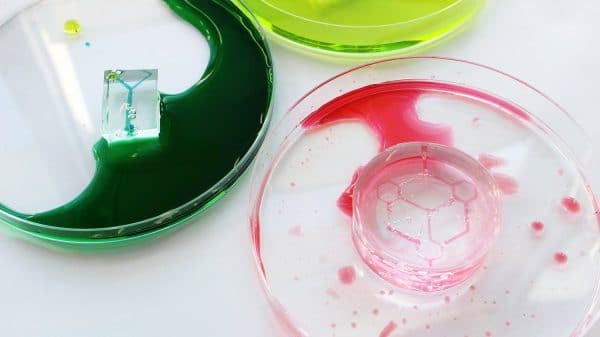
Our Top 5 Bioprinting Techniques
When it comes down to it, a 3D bioprinter is really a powerful design tool – empowering scientists to combine biology with 3D geometry. In the years since we created

When it comes down to it, a 3D bioprinter is really a powerful design tool – empowering scientists to combine biology with 3D geometry. In the years since we created
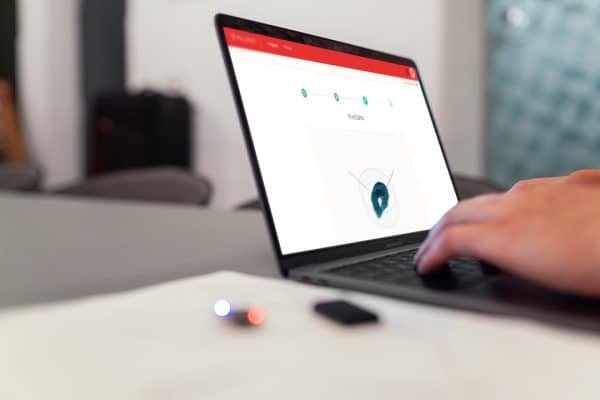
Every bioprint starts with a 3D model, but how do you create a 3D file? There are many ways to do it, and don’t worry – you don’t have to
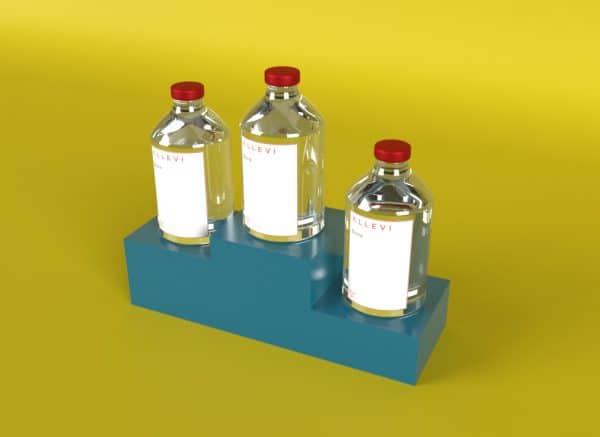
Every month, a research paper reporting a new bioink or modification of an existing one is published. All these new options provide increasingly more specialized materials for specific applications. However,
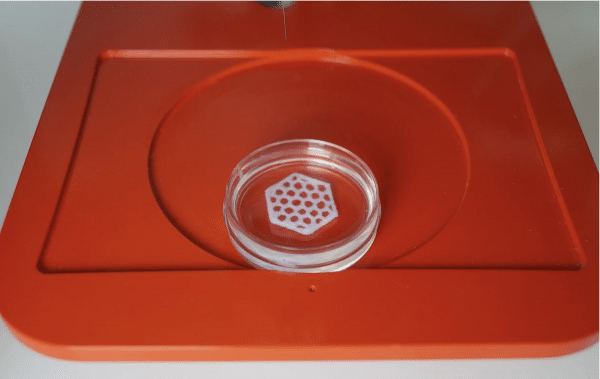
One of the largest hurdles of in vitro cell culture has been to mimic conditions that closely resemble in vivo outcomes, essentially imitating nature. Significant strides have been made to this end in the

Clone Armies and the Squishy Things Inside of Us: 7-year-olds Learn to Engineer Biology… At Allevi, we’ve been accused of living in tomorrow’s world – and with the self-stated purpose of curing
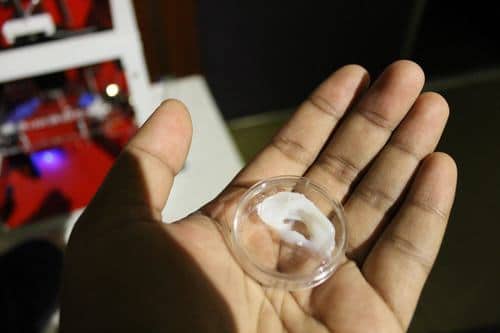
3D bioprinting is an intuitive way to approach biology. But not many people realize its versatility. Read on for 10 cool things you could make with a 3D bioprinter in
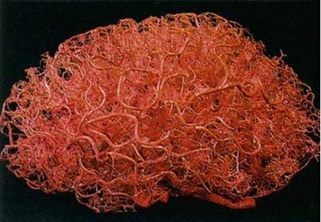
Mary Shelley published her magnum opus, Frankenstein, in 1818. It was at this point in human history that the burgeoning scientific revolution of the 19th century ushered in one of the most
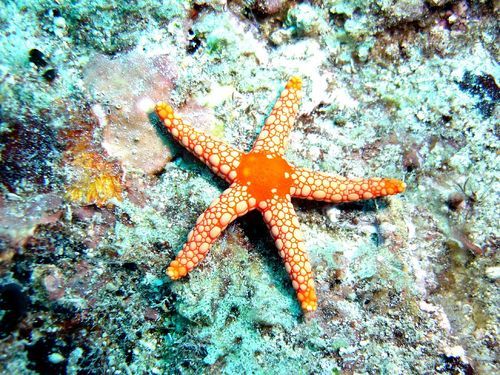
Mother Nature is a master engineer. Through years of evolution, it has fine-tuned the relationship between structure and function for all organisms. By turning to nature for inspiration, scientists, builders,
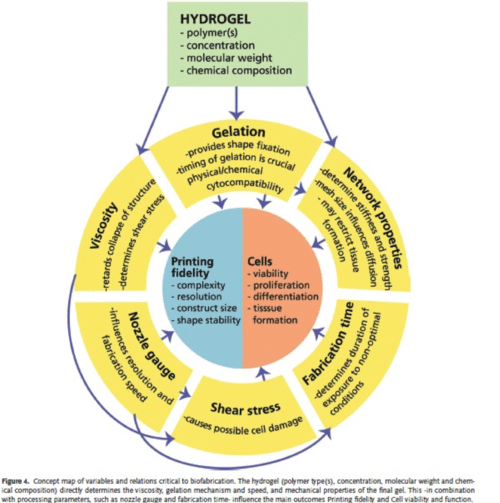
We’ve talked about what bioprinting entails in general. We’ve touched on the types of cells that we can incorporate into bioprinted constructs. We’ve also discussed the potential of this technology
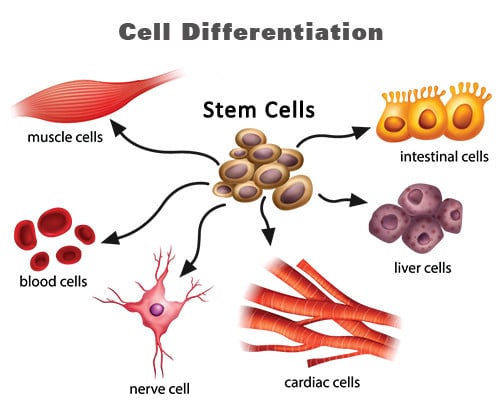
Reprogramming the Fate of Cells In the previous post we wrote titled, “What is 3D Bioprinting?”, we discussed biomaterials, cells, and creating representative 3D structures as being the basis of
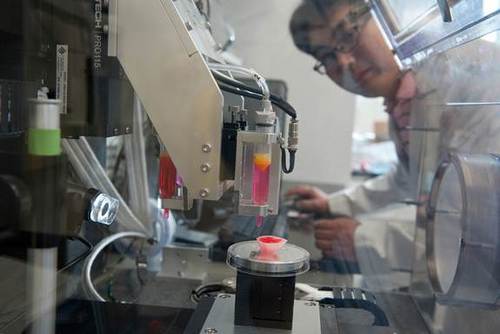
“3D Bioprinting” or “bioprinting” is a form of additive manufacturing that uses cells and biomaterials instead of traditional metals and plastics to create 3D constructs that are functional 3D tissues.